by In Trieste
All photographs courtesy of Keiron Mayora
Italian government representatives, among whom ministers Patuanelli and Gelmini, gathered in Trieste’s Porto Vecchio this past Friday, 22 April, in attempt to create a better future for our region, and most importantly for the whole country of Italy as part of the Italia Domani conference.

Both president of FVG, Massimiliano Fedriga and mayor of Trieste, Roberto Dipiazza, were present at the conference.
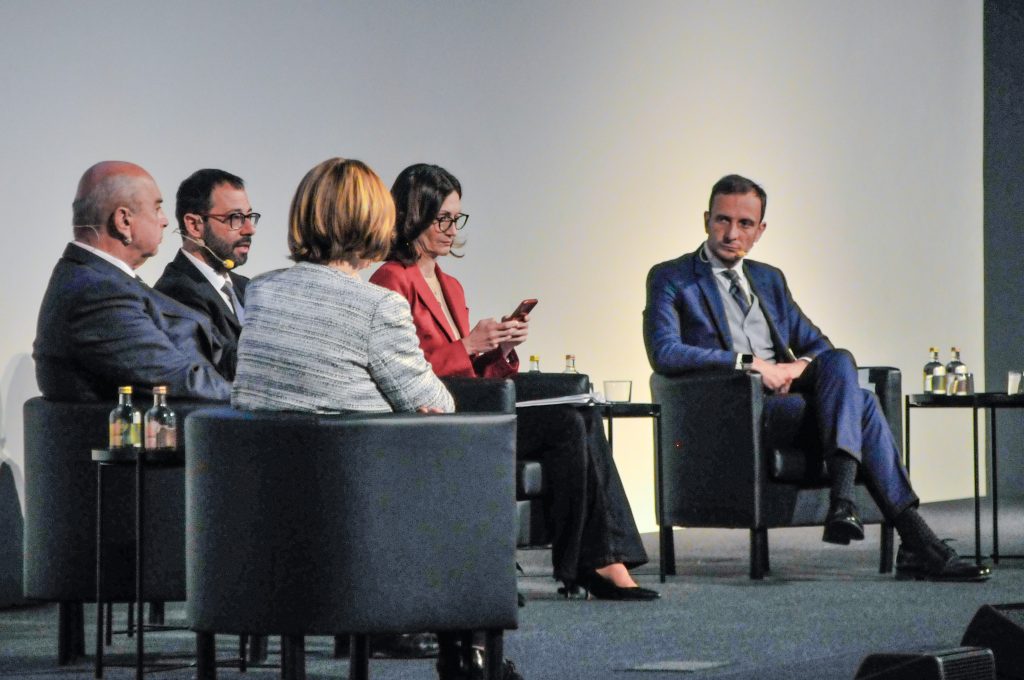
For some time now, the Trieste port and science communities have been interested in world of hydrogen: not only in terms of storage, but also of production and use in railways and transport.
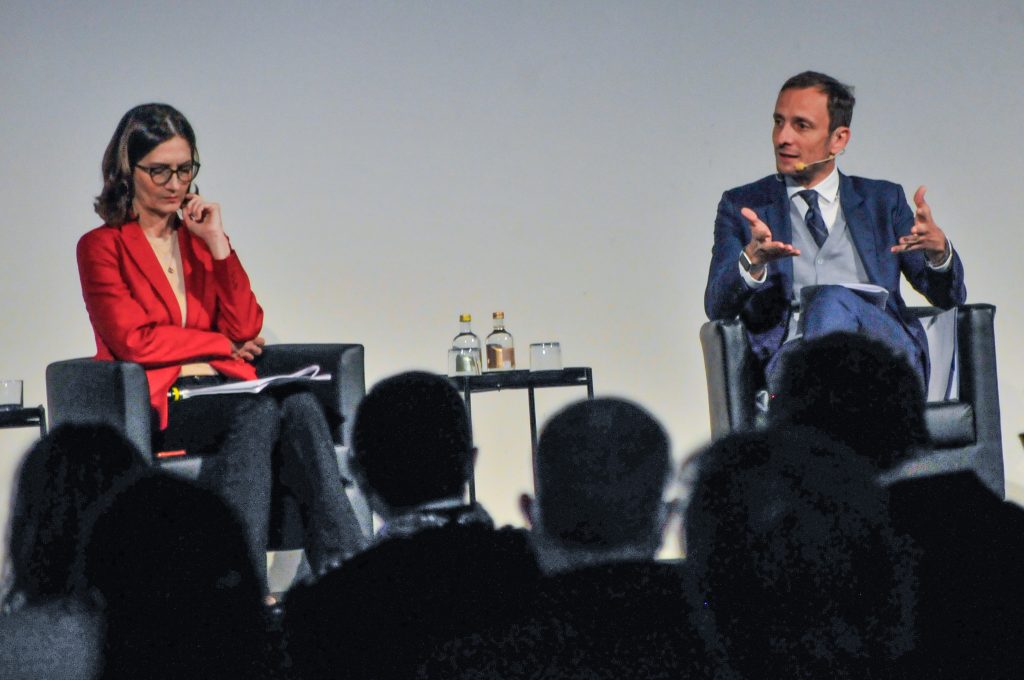
During Friday’s meeting in Porto Vecchio, the officials talked about creating a ‘North Adriatic cross-border hydrogen valley’ that would cut across Friuli Venezia Giulia, Slovenia and Croatia.
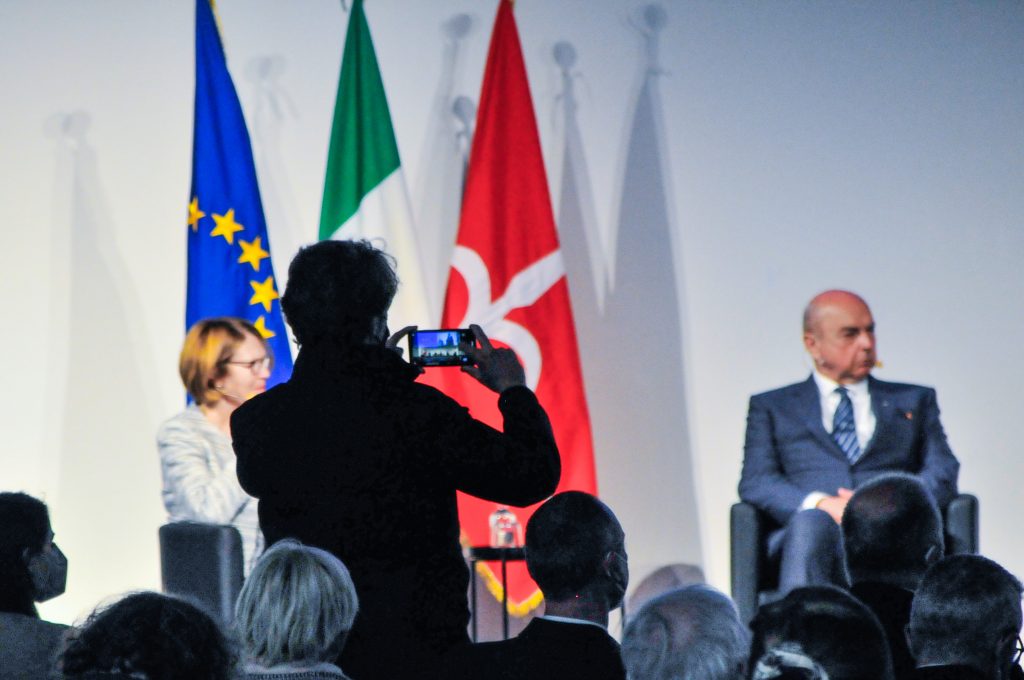
In practical terms, this would mean creating so-called “complete value chains”, i.e., systems that interconnect the production of hydrogen and its use in everyday life. One thinks of possible applications for trains and buses, although the Adriafer and Trieste Trasporti companies have warned that these are still only experimental prototypes.

In the case of FVG, this could be the first historic Italian cross-border valley. The interest in the project is backed by a number of top companies: Fincantieri, of course, but not forgetting Snam, Danieli and Wartsila. In addition to the usual research bodies of “scientific” Trieste, the Friuli Venezia Giulia Region and the University of Trieste.
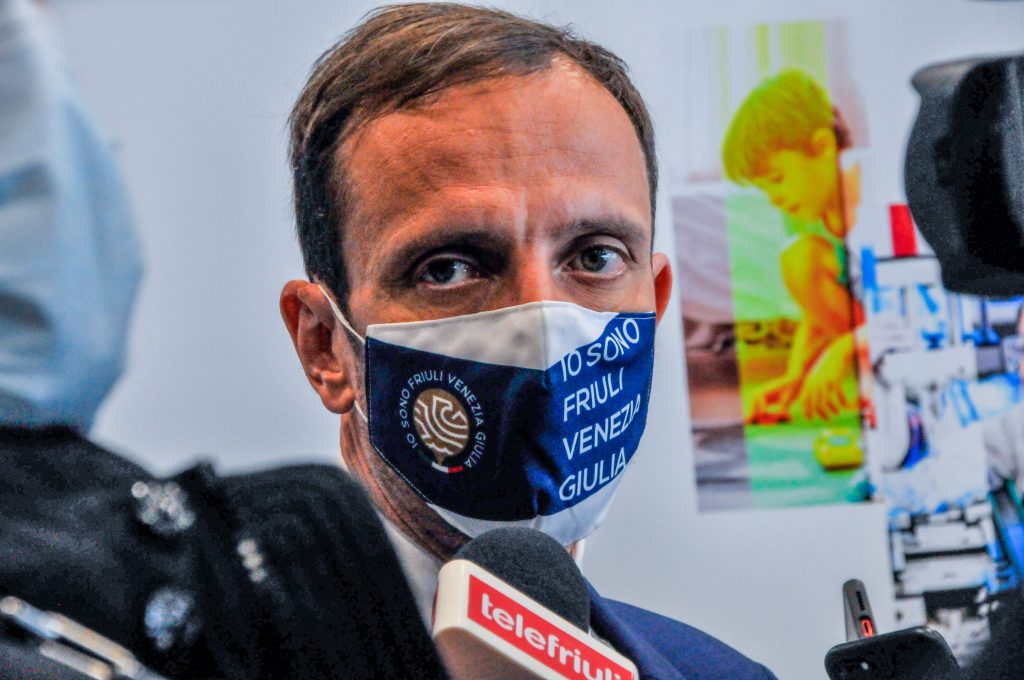
Among the confirmed figures, beyond the interest of the bodies mentioned here, is the public-private partnership Fuel Cell and Hydrogen Joint Undertaking, which has already financed other initiatives of this kind in Europe.
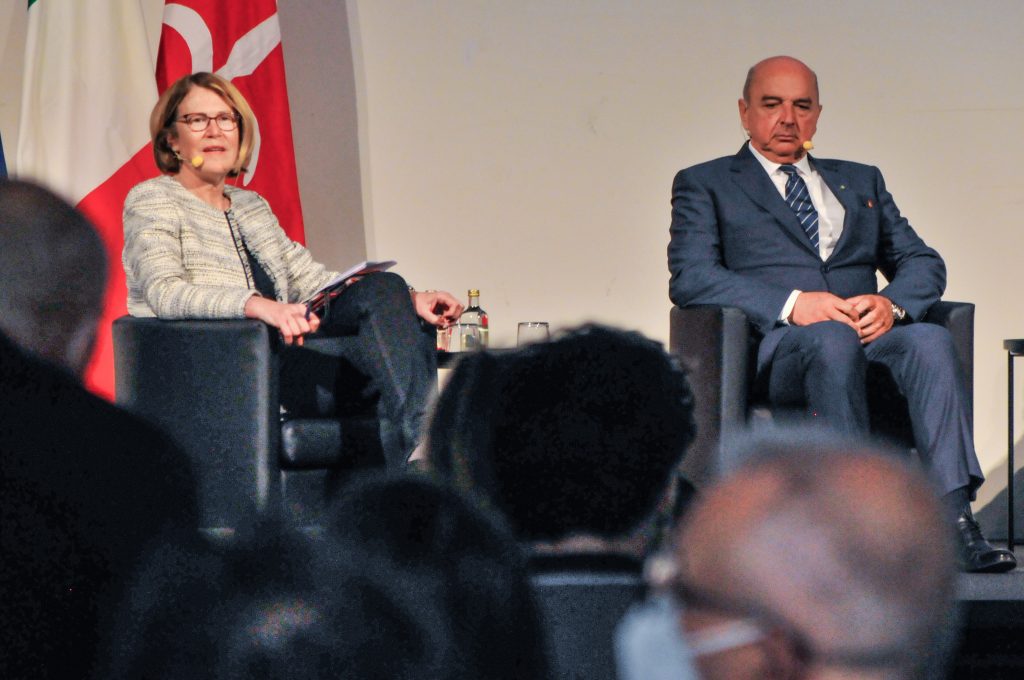
If conducted correctly and if hydrogen technology turns out to be as effective as expected, this would be a step forward for a sustainable and clean Eastern Europe, within the next decade.





























